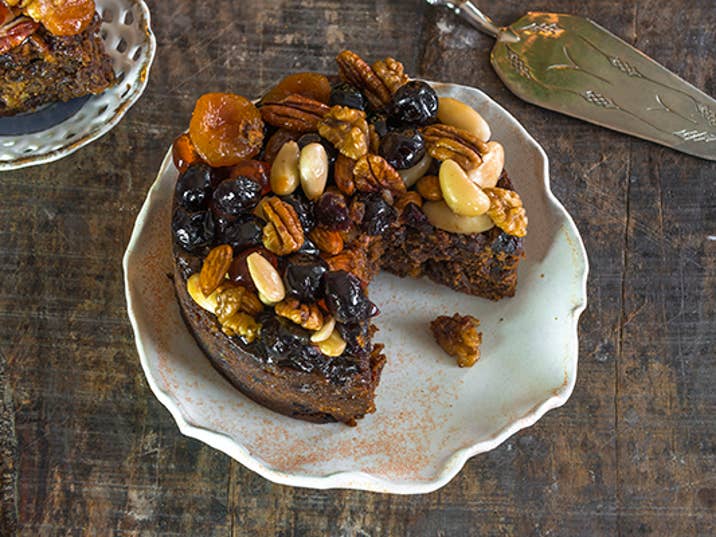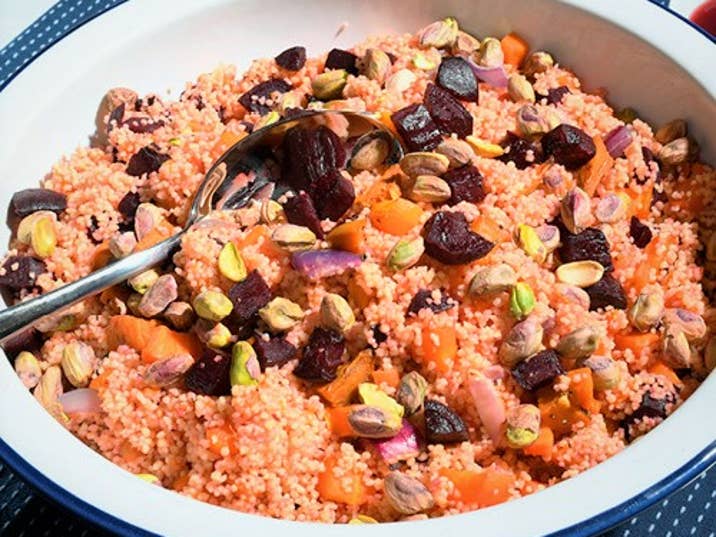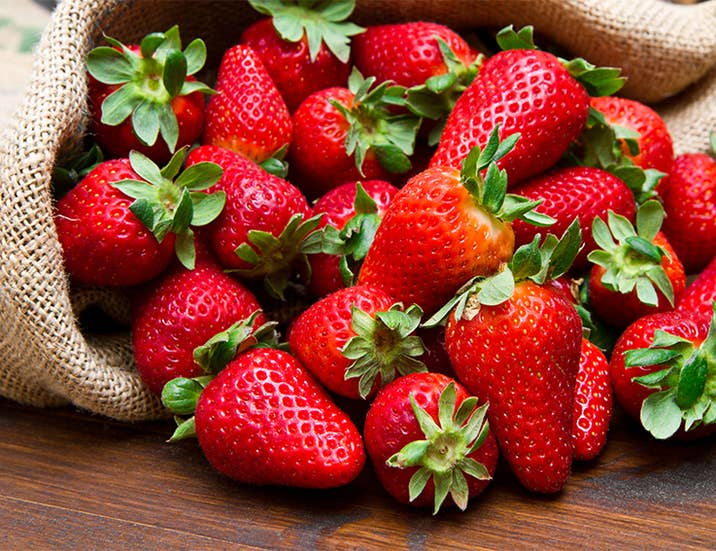Oranges | 18 Ideas for using navel oranges
Navel oranges
18 delicious ways to eat sweet, juicy Navel Oranges.
Navel oranges are a winter citrus fruit in season in New Zealand from, roughly, June to December. This super-popular orange was originally cultivated from Citrus Sinensis, the same citrus tree species as Valencia Oranges and Blood Oranges. Navel oranges have a very distinct indentation underneath, which is shaped like a belly button or human navel and this helps to easily identify them from other oranges.
Why navel oranges are New Zealand's favourite citrus
Navel oranges are the best citrus fruit for peeling, they're seedless and they taste amazing. Kiwis are die hard fans of this deliciously juicy fresh fruit and we are fortunate to have access to locally grown New Zealand navel oranges every Winter. Sunny Gisborne, a region which enjoys 2,200 hours of glorious sunshine each year is where 75% of New Zealand sweet oranges are grown and nurtured to perfection. After basking in all that sun, they're harvested from June to December and delivered fresh to our stores within days of being picked.
The difference between Navel oranges and Valencia oranges
Navel oranges and Valencia oranges differ in seasonality, texture and sweetness. Navel oranges are a seedless, thick-skinned, sweet winter fruit whereas Valencias have some (but not many) seeds, thinner skin and a tarter taste, and are in season in the summer. It is easy to tell the two fruits apart, just look for the navel. Valencia oranges don't have one.
What to look for when buying navel oranges
Navel oranges should be round or slightly oval in shape and up to 15cm in diameter. They should feel heavy indicating lots of juice and smell really fresh. The skin should be thick, firm and bright orange, with no blemishes or soft spots. They should be easy to peel by hand and should be seedless or have very few seeds, two features which make them highly desirable.
Storing navel oranges
Navel oranges should be eaten quickly after purchasing. At room temperature they will begin to deteriorate within a couple of days. Oranges prefer to be stored in a cool dry place. The humidity setting of your refrigerator's crisper drawer is perfect. They will remain fresh for up to four weeks in the refrigerator.
Preparing navel oranges
You should always wash the fruit as soon as you get home. It is then safe to use the peel in your cooking. If the fruit is to be hand eaten, you can peel by hand and divide into segments. Alternatively you can use a sharp knife to half and quarter the fruit first. This will open the segments and release the juice.
To prepare segments to add to dishes, the orange peel and the white pith should be sliced away first before using a knife to remove the pith between segments. If you intend juicing the oranges the skin needs removing but the pith can be left on. If you want to use the orange zest for its flavour and aroma in recipes, you can use a zester or grater to remove the outer skin or zest.
18 ideas for using navel oranges
Navel oranges taste wonderfully refreshing and sweet and juicing releases this flavour with the fruits bright orange colour. The entire fruit is edible and the orange peel, the white pith and the oranges segments can all be used in your recipes.

Here are some delicious and simple ways to use navel oranges with your weekly meal:
- Peel and segment then serve with slow roasted lamb, chopped mint and pomegranate seeds for a Moroccan twist.
- Glaze fresh salmon with a combination of sweet orange juice and freshly chopped ginger before cooking.
- Glaze your Christmas ham with orange juice and cover with dried cloves and orange slices before cooking.
- Make a fennel and orange salad with a sweet orange vinaigrette.
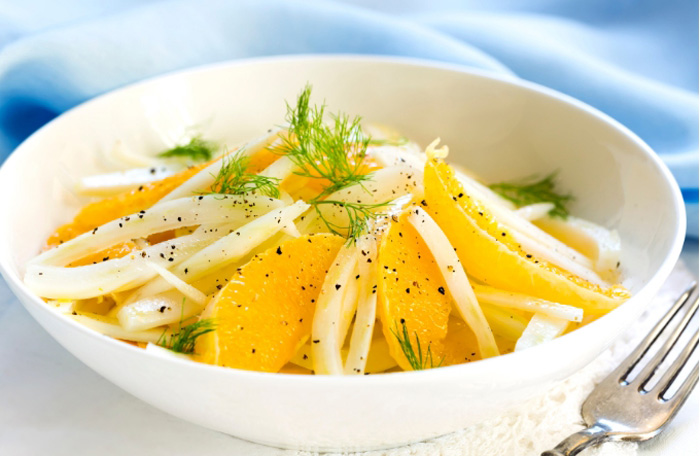
- Make a citrus based marinade for meat and fish.
- Use navel oranges to substitute lemons in your favourite curd recipe. Orange curd is divine on toast, mixed into fresh cream on meringues and cakes and drizzled over ice cream or natural yogurt.
- Make an orange marmalade.
- Insert a whole orange into the chicken or turkey cavity before roasting
- Add orange zest to stuffing and freeze any leftover zest or juice for later.
- Flavour sauces or chicken gravy with orange and tarragon.
- Squeeze the juice over a tossed salad for a fat free salad dressing.
- Make an orange and almond cake with citrus mascarpone or fresh cream.
- Juice or add to smoothie recipes.
- Make date and orange scones. Slowly cook dried dates in squeezed orange juice before mixing into your sweet scone recipe.
- Add fresh orange juice to sparkling wine for a Mimosa
- Make a deliciously smooth chocolate orange mousse for dessert.
- Make candied peel from the orange peel and mix into fruit cakes or add to ice cream.
- Add orange peel to a spray bottle of white vinegar for household cleaning - it adds a lovely scent. Find out how easy it is to make your own homemade cleaning products here.
Navel orange recipes
Oranges add a beautifully zesty flavour to sweet or savoury dishes, here are our fave recipes that use oranges.
6 reasons you should be eating navel oranges
- Vitamin C repairs and improves the skin. Navel oranges are prized for their high vitamin C content which can provide up to 100% of our recommended daily intake. Vitamin C is beneficial in the repair and growth of body tissue. It helps repair sun damaged skin, reduces wrinkles and promotes a healthier skin texture.
- Antioxidants protect against cancers. A good source of antioxidants including Vitamin C, carotenoids and several phytonutrients, growing evidence suggests that citrus fruits can provide protection from some cancers.
- High water content for hydration. Navel oranges are so juicy and refreshing. Their high water content makes them perfect to rapidly hydrate the body and is one reason why they are served at the interval of many field sports.
- Dietary fibre supports digestion. Navel oranges are a great source of dietary fibre that can help lower cholesterol, support weight control and improve digestive health. Citric acid prevents kidney stones Citrus fruits like navel oranges are high in citric acid and citrates, which has been linked to the prevention of kidney stone formation.
- Potassium supports heart health. The potassium in navel oranges can lower cholesterol and blood pressure and help support a healthy heart.
The miracle of the twin oranges
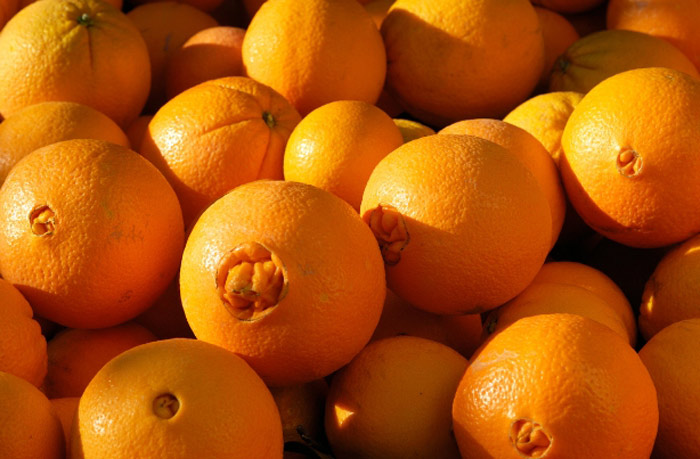
The origins of the navel orange tree, which gives these sweet oranges their distinctive name is fascinating. In the early 1800's in a Brazilian monastery orchard, a mutation of the fruit on a Selecta orange tree caused it to develop a second fruit - a little like an underdeveloped twin, at the opposite end to the stem. The secondary fruit remained nestled under the skin giving it its characteristic appearance of a human navel. This same mutation caused the oranges to be seedless so cuttings were used for grafts and the navel orange tree was born.
If you want to save money on fresh produce, it's best to buy them when they are in season. Find out more about seasonal produce here.
1 / 0
Read more Fruit and Vegetable guides
Pumpkin | Kumara | Silverbeet | Asparagus | Watermelon | Afourer Mandarin | Cherry Tomato | Mushrooms | Avocado | Grapefruit | Broccoli | Celery | Potatoes | Oranges | Strawberries

